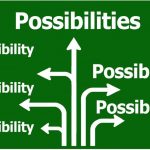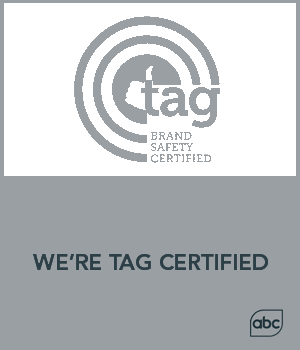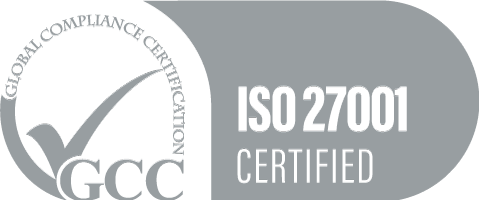Table of Content
Your clients are unique and so are their shopping experiences. When it comes to their interactions with your website, they clearly prefer a personalized experience that makes them feel special. Dynamic Creative Optimization (DCO) delivers just that!
Personalization is the word that moves the “conversion scale”.
According to Econsultancy and Google Marketing and Measurement Survey, 90% of marketers believe that personalization contributes to business profitability.
So how do you give your target audience a unique experience when they interact with your brand? And how do you ensure that they prefer you over your competitors?
For most leading brands today, DCO offers the perfect solution to their needs.
Let us understand the technology and its working to know why it should be an important factor in your digital marketing strategy.
What is Dynamic Creative Optimization (DCO)?
Dynamic creative simply refers to the integration of graphics within an ad’s creative while utilizing the customer’s specific data like geolocation, products seen, etc. to enhance the overall appeal and perhaps even functionality of the ads.
When creating such ads, the graphic components are pre-defined during the set up of the campaign whereas dynamic real-time information is simultaneously added for each user before the ad is served.
However, when it comes to dynamic creative optimization, the technique just does not stop at filling in personalized data with generic creatives. It utilizes machine learning and AI techniques to select the most relevant components for each shopper in real-time.
The result- both content and creative are highly optimized.
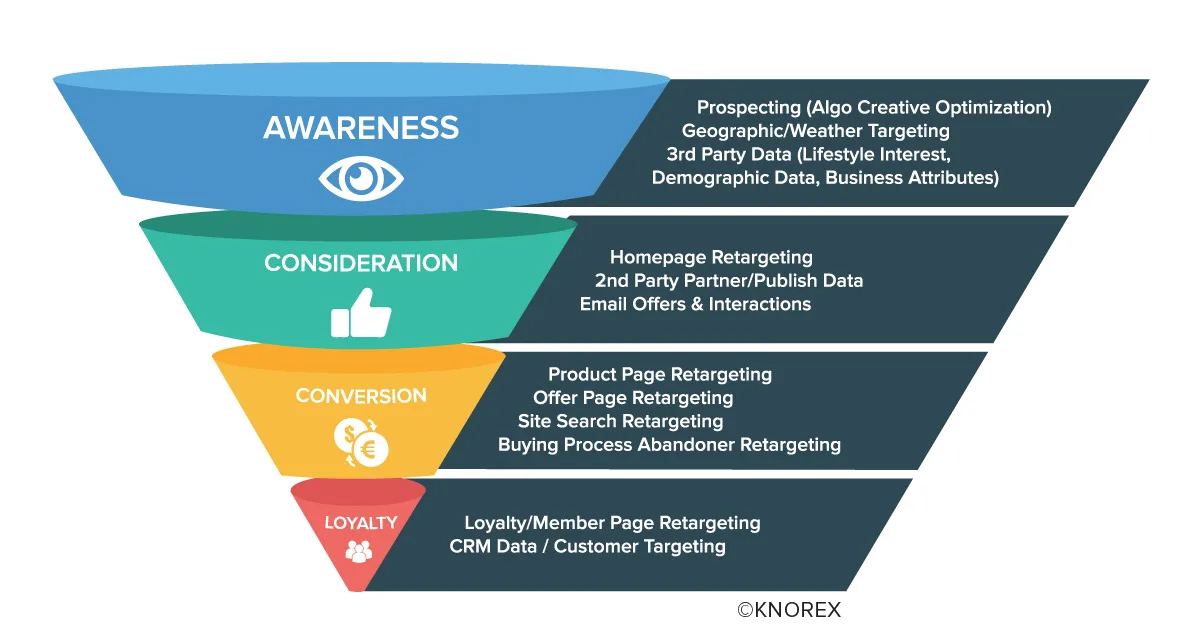
Dynamic creative optimization is the technique of creating personalized ads using display ad technology. The process involves the utilization of the data and details regarding the viewer at the time when the ad is being served.
DCO uses programmatic means to create real-time advertising campaigns.
The idea is to improve the impact of your banner ads by infusing them with real-time data and testing, live analytics, and optimization.
Since the ads are relevant, tested and dynamic, they are hyper-relevant to the audience and often work better than static ads.
The technology is based on collecting data feeds to multiple creatives to build relevant messages targeting a particular group of customers. Data inputs come from creative management fields (CMP), demand-side platforms (DSP), and Data management platforms (DMP)
The inputs are then combined using algorithms.
An advertiser when working with DCO understands the audience that is viewing and selects the best creative combinations as a responsive feed. The process selects the best available message for each viewer which are created from pre-made elements and serves them as smart feeds.
Dynamic creative optimization (DCO) is used for creating product retargeting ads. The content is created based on various behavioural aspects of the viewers. These include their website browsing history, the products viewed, purchased or added to a shopping cart.
DCO ads use dynamic variables like demographics, context, behaviour, location, etc as targeting variables.
The ad creatives can also be optimized based on multivariate testing.
It is, therefore, safe to say that DCO is a well-balanced mix of creativity and data.
Dynamic creative advertisements have two components:
Dynamic Units
This refers to ad variants that have data-based elements and are controlled by algorithms. Dynamic unit based DCO is appropriate for creative optimization, rich media designs, or more engaging content.
The set up is simple and does not need high-level coding.
Static Units:
These are essentially static units that use an algorithm to select and show creatives that are built according to the viewer. While they have been traditionally used, they take more time to prepare and require complex coding with tremendous efforts required to set-up.
Additionally, since static templates are used here, these units are not too flexible when it comes to design.
Why is Dynamic Creative Optimization (DCO) needed?
The use of DCO within display advertising is an interesting and new concept. This is because it manages to draw from techniques like data-driven advertising.
And not just that, brands are now beginning to understand the confluence of DCO strategies along with artificial intelligence (AI).
So what makes dynamic creative optimization (DCO) so important?
The first and foremost reason is that it is in sync with the growing needs of the audience.
According to a survey conducted by Segment, 71% customers feel frustrated when shopping experience is impersonal.
Viewers, these days, have a better understanding of advertising, which means that they are ready for more participation and demand higher personalization.
As per a report by eMarketer, majority of internet users in the USA prefer to watch
personalized advertising content, as compared to generic ads.
However, the report also dwells on other interesting facts like the preference of personalized ads by these users is dependent on their age groups. Viewers over 50 years of age did not show any preference for personalized content. Additionally, a good number of them who like to see tailor made ads are unhappy with the quality being delivered.
The data clearly indicates the need for DCO. Delivering personalized content, and yet being able to manage high quality is what sets you apart from competitors in your niche.
For a viewer who is tired of repeatedly being served poor quality ads, blocking all advertising is a common step. And then, many marketers make the mistake of repeatedly delivering ads that audience does not relate to at all!
Studying customer data and creating dynamic content that remains relevant to the audience is the need of the hour. DCO offers a fair balance of personalization with creativity.
How does DCO work?
Let us start by understanding the term “creatives”.
In the digital advertising world, the interaction of a user with your webpage, their actions, their information, etc are all important parts of an advertisement’s creative.
When a user first visits your web page, they are bound to see some generic ads that can be appealing to a large group of audience.
However, with the involvement of DCO, the approach changes. The data feeds involved in DCO collect user information and curate customised creatives that are unique to each user.
Dynamic creative optimization focuses on selective, yet relevant elements that need to be a part of the creative for an individual user. For some users, it may mean using their time and location statistics, while for others, it may mean using their previous viewing history to create a personalized ad.
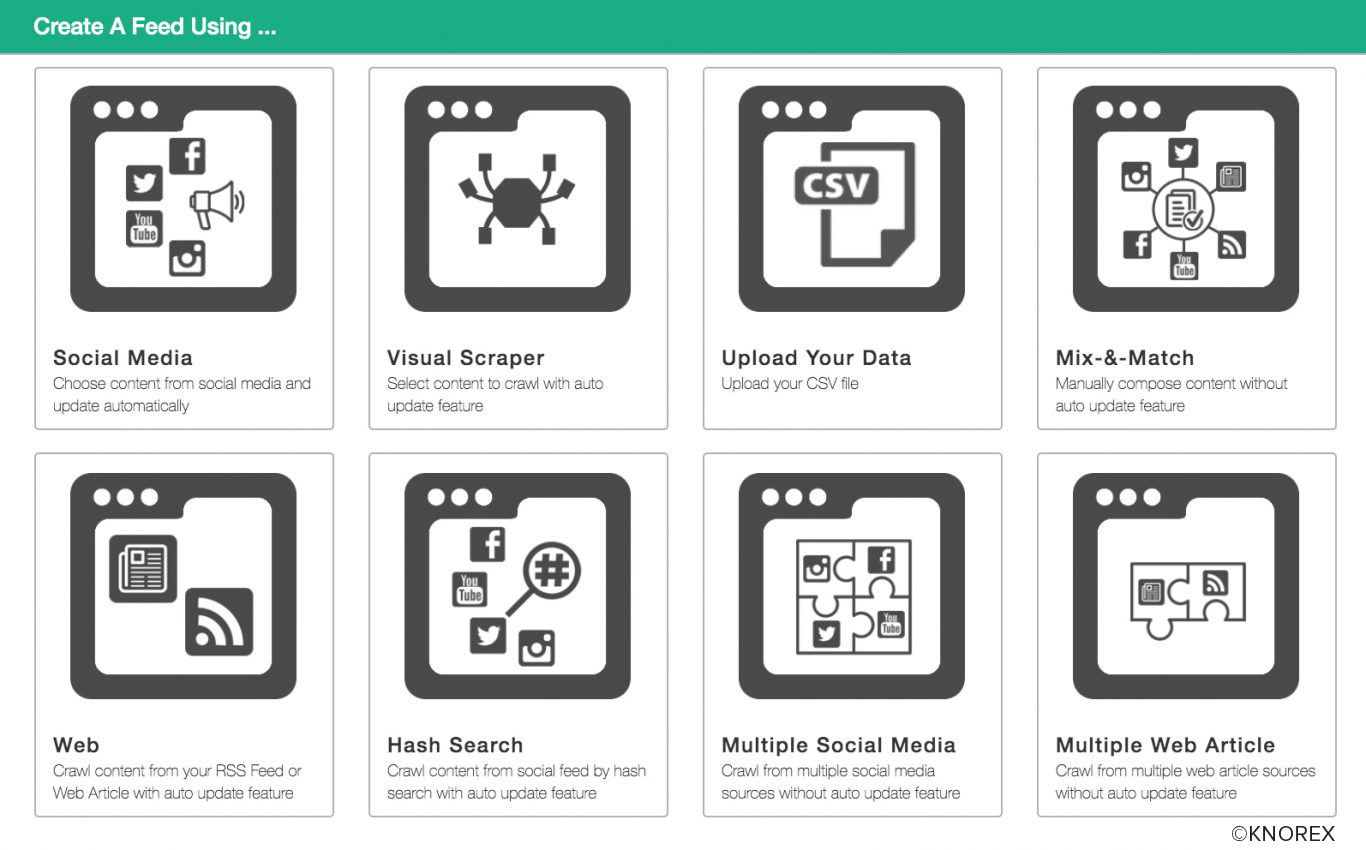
When ads are aligned with data, it always results in a unique advertising experience for the viewers.
For example, if you’re browsing properties in an area, you may receive an advertisement that talks about property financing and loans. How great is that? Wouldn’t that be exactly the next thing you would be browsing for?
Similarly, for another user browsing up interesting “mix vegetable recipe”, an ad that tells him about locally available organic vegetables may be highly relevant.
Knorex XPO Curator and XPO designer lets you create and assemble interactive and stylish dynamic ads rapidly and yet with enough sophistication to wow your audience.
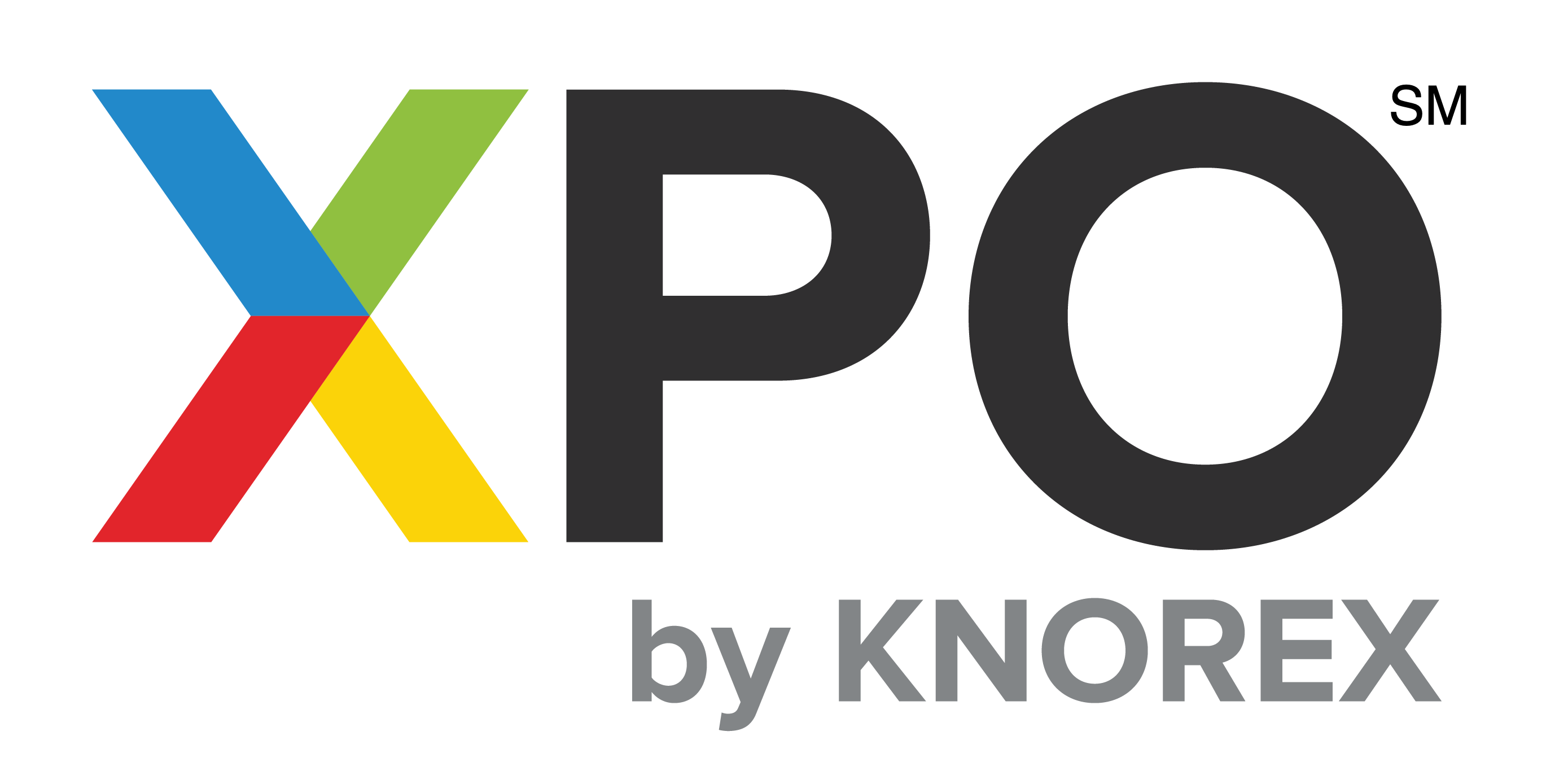
What is the difference between Creative Management Platform (CMP) and DCO?
Let us begin by understanding the meaning of Creative Management Platforms. CMP is a simple software (cloud-based) that helps the markers to create as well as to measure the performance of their digital ads.
Its is, therefore, a common platform for production, design and optimization that also controls the design versions needed for DCO.
A CMP is almost like a complete production unit for brands, with everything rolled out into a single platform. It helps the marketing teams to create strong, relevant and personalized advertising while maximising the ROI (Return on Investment).
Creative management platforms are therefore programmatic creative technology solutions that cover dynamic creatives within their broad spectrum of offerings.
A DCO ad may, therefore, be a dynamic creative ad from a CMP.
Therefore, while CMP provides dynamic design for content, DCO provides real-time dynamic content that delivers hyper-relevant advertising.
While all three- programmatic creatives, DCO and CMPs are used in the ad serving world, they are not really the same.
The need to use CMP for DCO
It is very easy to set-up a DCO if you have a CMP. Therefore, if your brand already uses CMP platforms, taking up DCO campaigns would mean a better ROI.
CMP helps you set up guidelines, allows data feeds and creative assets that are required for DCO to function.
So how does dynamic creative optimization work with a CMP?
Following are the key steps:
Step 1: Viewers matching target audience profile visits a website.
Step 2: Website’s ad inventory is then auctioned. The highest bid DSP wins the impression.
Step 3: An ad tag belonging to the DCO campaign is served.
Step 4: The DCO ad is then demanded/requested by a viewer’s browser.
Step 5: A dynamic message from the campaign feed is shown based on the audience’s data from the DMP and the brand’s performance.
Step 6: based on the insights, messages are injected within the DCO ad.
Step 7: The messages are collected by a CMP. The platform then injects dynamic content like images, text fields, buttons, videos inside the ad.
Step 8: Viewers can see personalized DCO ads.
Various providers, when using DCO, need to produce generic static ads. This makes the process of setting up a DCO campaign slow and tiring.
And this is not what the consumer needs when looking for personalization. While the ad may still be relevant and targeted, your viewers may still be tempted to hit the ad blocker. CMP provides an easy solution to the problem.
When Creative management platforms are used in DCO ad generation, they enhance the process in terms of control and flexibility. Not to mention, the creative design is highly optimized too.
This means that the ads still have their awesome rich media features including HTML5 display campaigns using DCO.
It is, therefore, possible to stay both, creative and engaging while using dynamic creative optimization technology. And CMPs allow you to be more creative while serving your DCO ads.
Take for example two different target audience segments. Using a CMP in your DCO campaign, you can use entirely different banner designs which are completely unique in terms of layout, graphics, interactive elements and design for specific audience groups.
What is the difference between Programmatic creative and DCO?
Programmatic creatives are forms of advertising that enhance the speed, scale and automation to creatives. They are therefore data based creative executions of digital marketing.
Programmatic media, therefore, brings together creative optimization and data. Ensuring that the brands get to put up their ads in a highly effective as well as relevant manner.
Programmatic creatives are commonly used and are highly effective when customizing ads for a target group of audience. This makes them completely relevant, especially when compared to generic advertisements.
The audience is segmented into groups and personalized, relevant ads are delivered to each group to generate a higher impact.
Programmatic creatives also allow testing the ads. This is done by an automated process wherein multiple ads are created and optimized based on the test results.
DCO, on the other hand, uses algorithms to interpret the data feeds and accordingly improves the performance of the ads. The technique works by utilizing data, coupled with a set of rules, to generate multiple unique creatives.
The ads are automatically optimized based on multivariate testing. The testing traits include everything, from graphics, images, content, ad copy, tab colours, etc.
The original idea behind DCO is to re-target the viewers for abandoned or previously viewed products.
Benefits of DCO
If you’re planning to use DCO technique as a part of your digital marketing campaign, it is absolutely natural to consider the advantages that it brings to the table.
Following are some of the key benefits offered by DCO:
1. Takes personalization to a whole new level
Different segments of the audience have different interests. This is especially true for viewer groups that are over 40 or 50 years old. Even within the same niche, their interest could be totally unique.
For example, one viewer could be interested in health supplements and would pick it up based on its ingredients (vitamins and minerals). Another viewer in the same age category, would, however, want to consider natural health supplements like Spirulina.
Now, if your ad is a generic one and talks about health products, their uses, etc, it can appeal to the first one but might not really hit with the second viewer. The scenario is therefore always wavering. There is always a possibility of missing a specific audience group.
When you use DCO tools, you are targeting each group of audience within the market. It adds the element of personalization to your advertisement, thereby reducing your risk of producing spam content.

Source: mediawide
Therefore, an investment in DCO helps you get a better ROI and hit your revenue targets too.
The role of “personalization” in the world of online shopping has been poorly understood all this while. The term plays a significant role in altering consumer behaviour and triggering them to shop.
Customized ads create a positive shopping experience for most online buyers. When DCO is incorporated into your marketing strategies, it becomes possible to deliver highly optimized, creative and yet completely personalised content to each unique customer.
A DCO banner will therefore not just show ads based on the precise location of the viewer but also offer the most suitable creative for that specific viewer. Every factor within the data feed is carefully selected and used to create completely tailor made advertising.
2. Responding to users in real-time
While it is true that creating ads suited to each view within your target audience groups is not each and takes significant effort and time, DCO makes it easy.
As mentioned earlier in the article, the technology works by collecting the information (location, time of display, buying pattern, etc) and creates the most relevant ads for them. And that too, instantly!
Responding to a customer in real-time makes them more responsive towards the ads and this results in boosting sales and conversions.
3. Completely automated
DCO is a completely automated technique which means that it does not require any manual efforts or attention on your part. The automated optimization keeps working on its own.
The technology is self-reliant in gathering information and producing the most relevant creative with no hard work at your end. While your marketing team may still need to monitor the performance of the ad campaign, the hands-free automation definitely means saving on time.
The best combinations of creative are selected and served to the user. This is automatically generated based on third-party data sources. Additionally, the elements are completely optimized which enables the campaign to run automatically.
4. Immediate impact and quick results
DCO helps expedite advertising. The technology not just creates an immediate impact but also boosts up the overall performance of your ad.
It is a one-stop solution to fast and customized ad delivery. Investing in this tool means that you have finally begun appreciating the importance of giving a personalized experience to your users.
DCO is not just a fast working tool in terms of speed but also generates quick results by immediately boosting the ad performance. When ads are specifically generated to match each user, you are providing an optimal browsing experience. This, in turn, maximizes your advertising potential.
5. Programmable rules
Similar to other campaigns, the rules within a DCO campaign can be programmed with the help of a DSP.
For example, you may set rules like “if CTR of one version is lower than that of the other, the platform will immediately stop using that combination of creative”
Examples of Dynamic Creative Optimization (DCO)
These techniques are now being used in multiple markets and diverse verticals. Some of these include:
Financial services
These include consumer markets like insurance providers, retail banks etc. Their need to frequently update creative makes them an ideal candidate for DCO. Since the stock prices, loan rates and other similar figures are constantly fluctuating, dynamic creatives are a good choice for the finance sector to set up their campaigns.

The technique can be used to produce monthly/weekly/annual creative changes.
The technology can be used to create relevant matches between the audience and the message by constantly experimenting with images, layouts, CTAs, offers, etc.
Dynamic elements like loan and interest rates, offers and benefits on products, stocks, branch locations, etc can be used.
Automotive sector
Since a car purchase cycle lasts for about a month for an average consumer, DCO is an appropriate technique to help the advertiser deliver unique and highly relevant messages during this time.

Since auto related behaviour data can be easily taken up from third party providers, reaching the audience with unique ads that appeal to them is easier.
The industry has variations based on localisation. All car models may not be available in all regions. The “dealer near you” on the website is a part of a DCO campaign.
Additionally, advertisers use the technique to retarget the audience that has shown interest in a product. DCO allows the advertisers to adjust to audience specifications like age, interest, product offers, etc and create tailor made campaigns that interest them.
Techniques like contextual targeting can also be leveraged in a highly competitive market.
Dynamic elements like dealer locations, car models that a viewer has previously browsed, retargeting, demography based targeting etc can be used.
Ecommerce
DCO techniques are highly beneficial to the ecommerce and retail sectors. Adaptive messages are created based on customer lifecycle, interests, etc. The technique is great for retargeting, creating time-limited ads, “offer of the day” type of promotions, product retargeting on the shopping cart page, including local incentives, etc.

Travel and tourism
DCO techniques are leveraged by the travel sector to produce and serve relevant creative versions, depending on the customer behaviour. This includes studying the data on properties browsed, etc.
Airlines and travel groups use dynamic creatives to geo-target their audience and offer them attractive fares based on their likely departure points. Similarly, they may include reward programs for audience retention.

Various other data sources can be leveraged to serve unique and dynamic creatives. These include customer status (gold/silver), travel publisher data, etc.
Various other market verticals like telecommunication, consumer packaged goods, manufacturers, entertainment sector, etc are now using DCO techniques to target their customers.
Final words:
Advertisers have only just begun to understand its immense potential as a part of their marketing campaigns. A good number of examples where dynamic creative optimization has been used have reported significant increase in conversion rates and sales.
It is therefore safe to say that brands need to start getting familiarised with the concept of DCO and what it can accomplish for them. The possibilities are endless.




